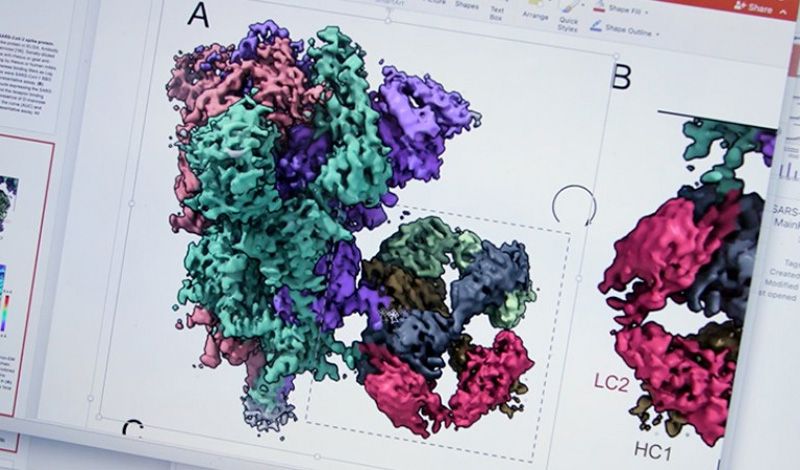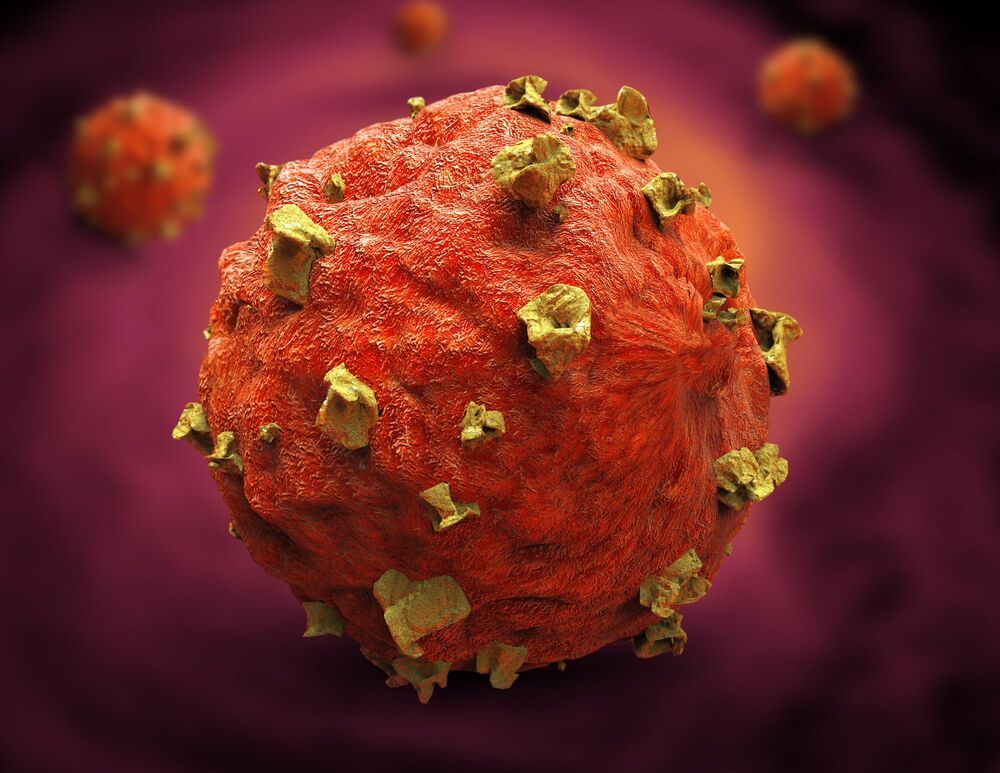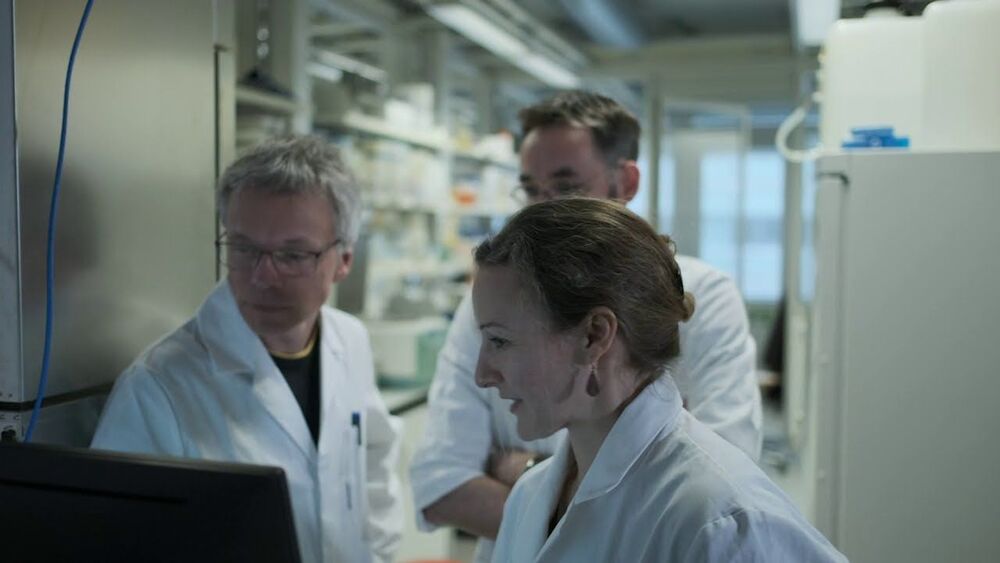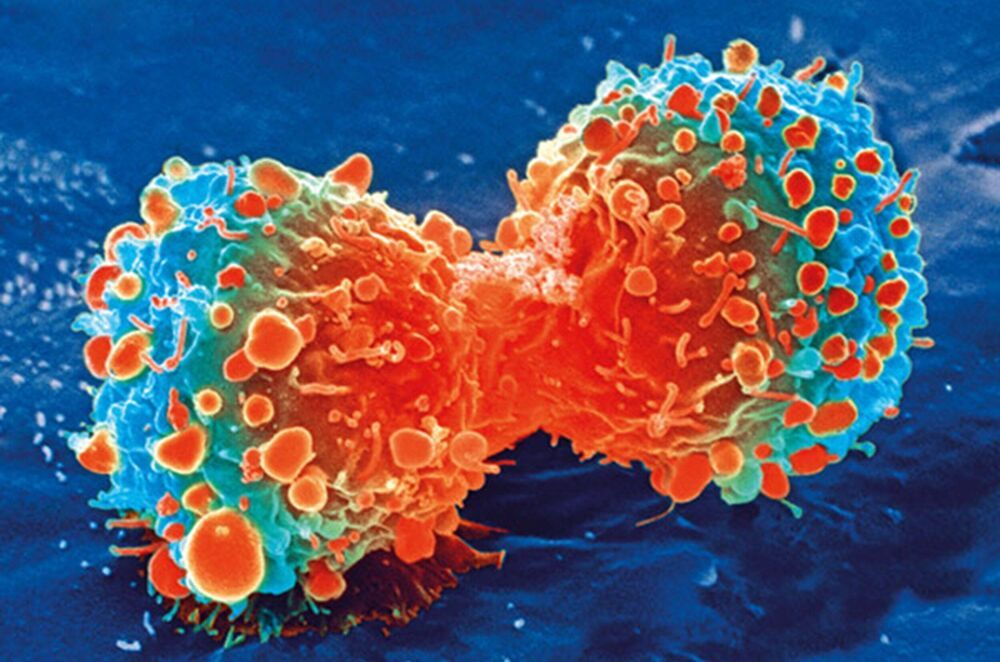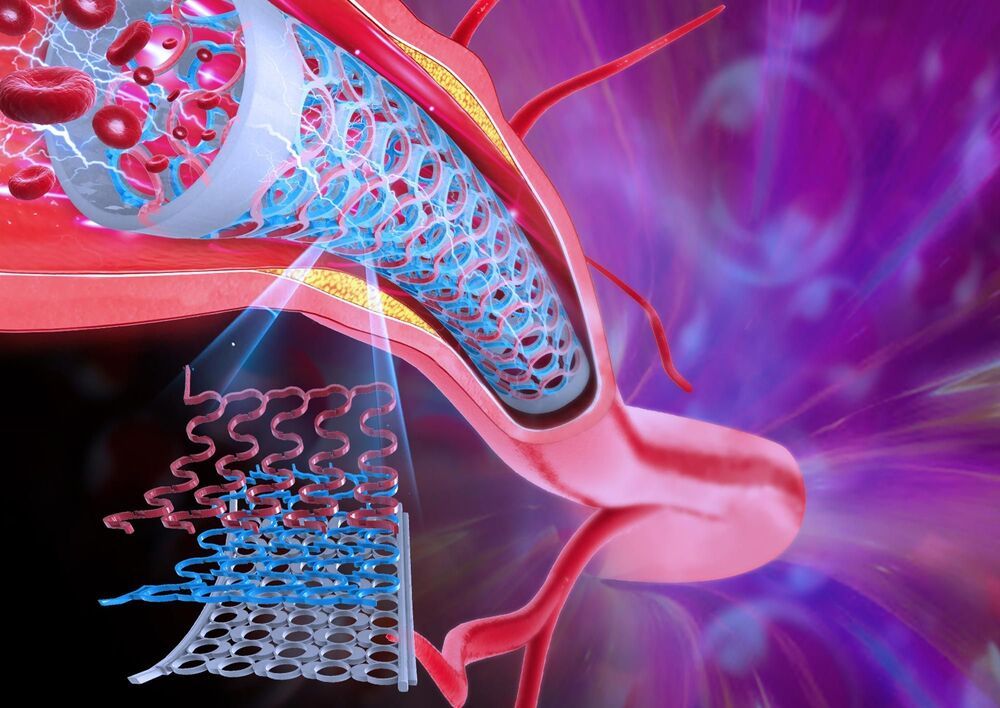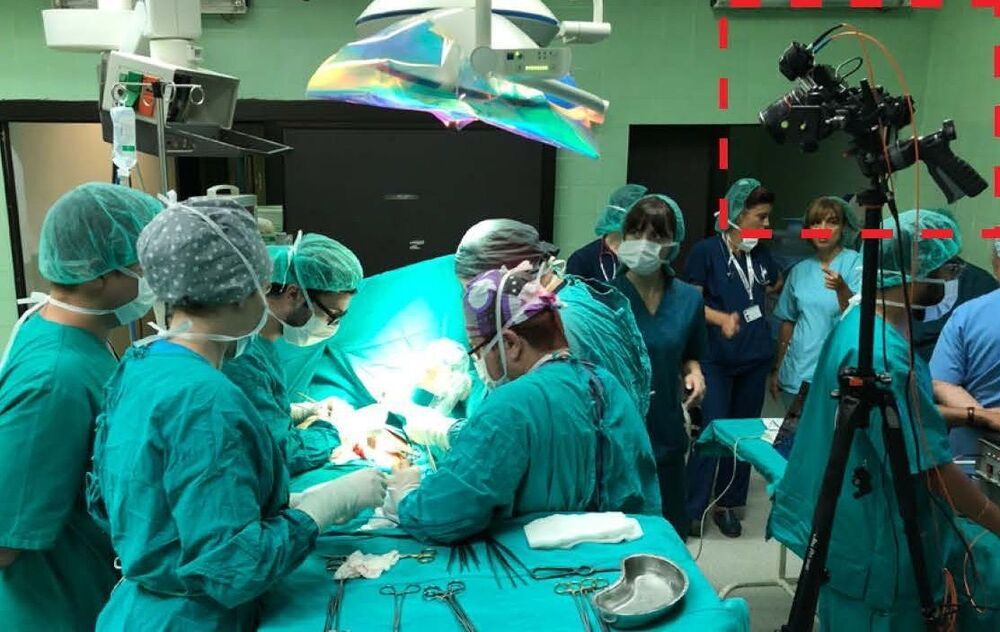Scientists may have found a promising new treatment for Covid-19 after an experimental oral antiviral drug demonstrated the ability to prevent the coronavirus from replicating, the National Institutes of Health said Thursday, citing a new study.
The drug, called TEMPOL, can reduce Covid-19 infections by impairing an enzyme the virus needs to make copies of itself once it’s inside human cells, which could potentially limit the severity of the disease, researchers at the NIH said. The drug was tested in an experiment of cell cultures with live viruses.
“We urgently need additional effective, accessible treatments for COVID-19,” Dr. Diana W. Bianchi, director of the NIH’s National Institute of Child Health and Human Development, wrote in a statement. “An oral drug that prevents SARS-CoV-2 from replicating would be an important tool for reducing the severity of the disease.”

